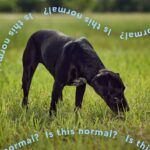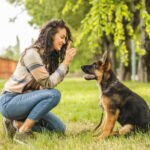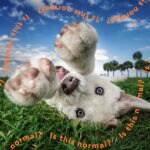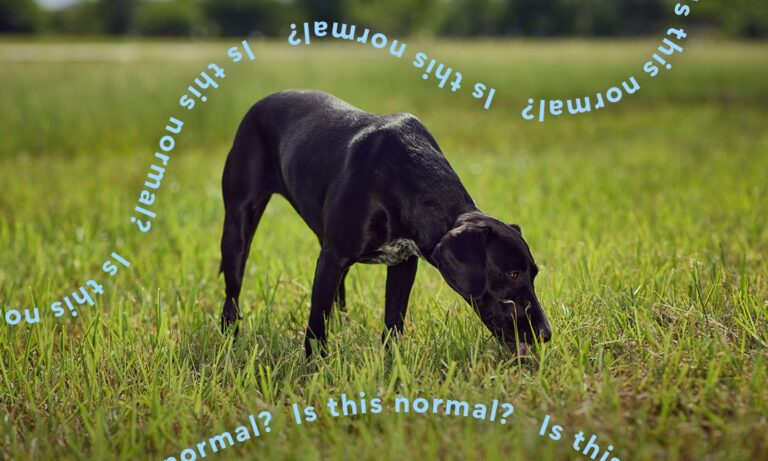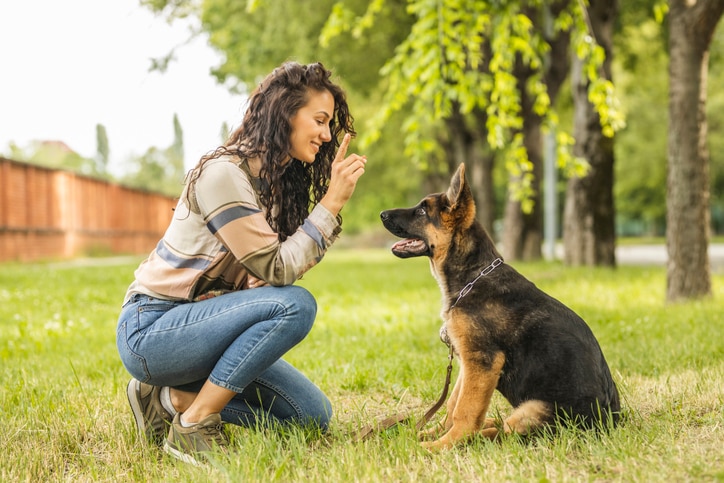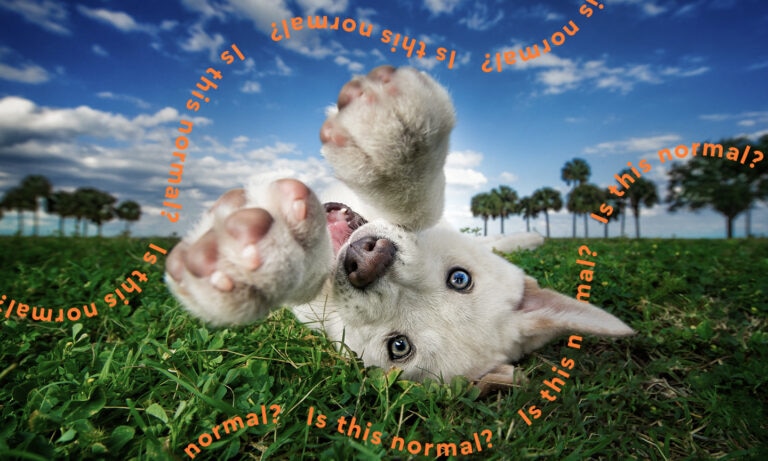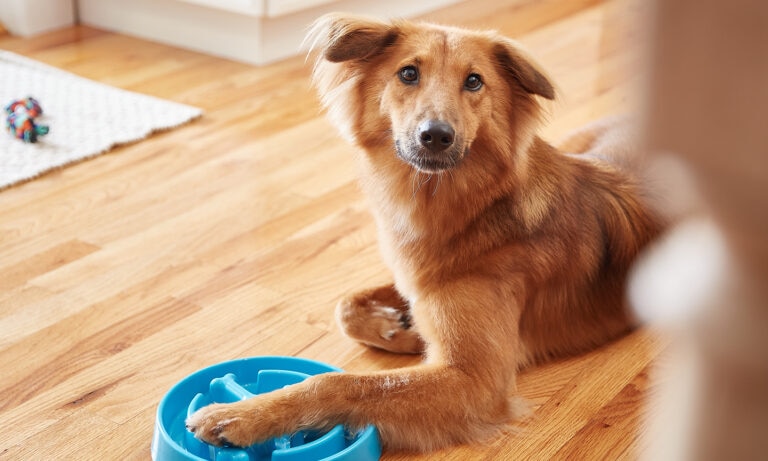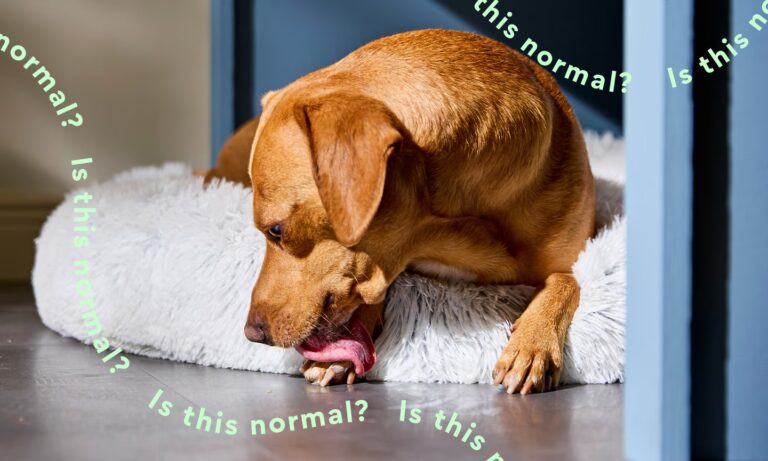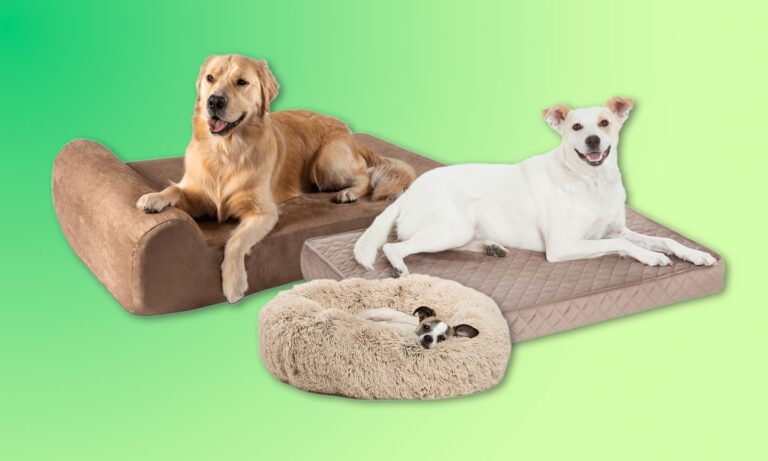A Comparison of the English Springer Spaniel and the Welsh Springer Spaniel

Photo by Chewy
The English Springer and Welsh Springer Spaniels are completely different breeds, not “varieties” of Springer Spaniels. Their origins and histories are distinctly different. The early “springing spaniels” in England formed the root stock for many of today’s land spaniels. In the late 1800s, Springers and Cockers were often born in the same litter, being differentiated only by size. In 1880, when the American Spaniel Club was founded, anything in America over 28 pounds was classified as an English Springer, but it was not until 1902 that the Kennel Club (England) granted the breeds separate status. The Welsh Springer is a distinct breed of ancient origin, and derived his name from his hunting style, not his relationship to other breeds. The breed was recognized by the AKC in 1906.
General Appearance
Both breeds are medium-sized, hardy spaniels built for hard work and endurance, not excessive speed. Both should have good bone and substance without coarseness. Both should exhibit moderation and balance, with nicely furnished but not excessive coats that neither obscure their true outline nor hinder them in the field. Both should appear workmanlike. These are the characteristics that the breeds have in common, however the details of each breed are unique and distinctive.
Size, Proportion, Substance
The English Springer is the taller of the two breeds, standing nearly 2 inches taller than the Welsh. Ideal size for a male English Springer is 19 to 21 inches; for a male Welsh, 18 to 19 inches. For females, 18 to 20 is ideal for an English, and 17 to 18 for a Welsh. In proportion, the breeds are very different. The Welsh is rectangular, giving the impression of length due to obliquely angled quarters. The length of the body from withers to set-on of tail is equal to, or slightly greater than, the height at the withers. The body of this breed is often referred to as a “square within a rectangle,” and must never be shorter than tall to preserve that rectangular appearance. They are never to appear leggy. The English Springer is the tallest, longest-legged land spaniel. Measured from point of shoulder to point of buttocks, the breed is slightly longer than tall, never square but always compact and very upstanding. The upstanding appearance, shorter body and length of leg make the English Springer completely different from the Welsh. These differences in proportion are what give each breed its distinct silhouette.
Head
Heads in the two breeds differ greatly. The English Springer is to have parallel planes of the skull and muzzle, while the Welsh skull lies in a line, which is slightly divergent from the muzzle. The skull of the English should be flat, that of the Welsh slightly domed and oval in shape when viewed from above. The English has an eye that is deeply set back under a well-developed brow, with a furrow running up between the eyes. The Welsh has a clearly defined stop, but no brow or furrow. Both heads should show good length.
The muzzle of the English is long and fairly broad with lips that well cover the lower jaw, giving a square appearance to the muzzle in profile. The Welsh muzzle has a tapered lip that gives a wedge shape to the head in profile. Ear shape in the two breeds is distinct as well, the English ear being long and fairly wide, hanging close to the cheek with good feathering. The Welsh ear is comparatively smaller and shaped somewhat like a vine leaf. It is lightly feathered and usually trimmed to show its unique shape. Expression in the English is described as alert, kindly and trusting, while the Welsh standard calls for a soft expression.
Neck, Topline and Body
Both breeds should have a long, arched neck that is free from excess throatiness and set smoothly and cleanly into long, sloping shoulder blades. Both should have good angulation of the front assembly, setting the elbows well back and close to the ribs. Legs in both breeds are straight with good (but not coarse) bone and short, strong and slightly sloping pasterns. A distinct characteristic of the English Springer is size of bone, which should continue all the way to the foot without taper. Feet in both breeds are round, tight and well arched. Both breeds are well developed in chest and ribbing with good forechest. The topline of the English slopes gently from the withers to the set-on of the tail. The topline of the Welsh is level. Both breeds have strong, short and slightly arched loins, and both have gently sloping croups, with tail sets that follow the line of the croup and tail carriage that is horizontal or slightly elevated. Tails are generally docked, but full tails are completely acceptable in both breeds. They are seen much more often in the Welsh ring than the English ring, however a few tailed English are being shown in America. There are quite a number of English Springers today with tails both set and carried much too high. This is not only an aesthetic problem, destroying the proper silhouette of the breed, but also a problem of construction of the hindquarters, created by a pelvis that is much too flat and an angle at the hip far too open. This was recently addressed in a letter to all judges sent by the English Springer Parent Club.
Both breeds should have strong, muscular hindquarters and should be shown in hard working condition. The angle of the pelvis and femur of both breeds should correspond to the angle of the forequarters, which gives balance both standing and in motion and creates width of upper thigh when viewed in profile. All flushing spaniel breeds should have a roundness to their hindquarters when viewed from behind, which is created by the correct slope of the croup and proper musculature of the upper and lower thigh. Stifles in both breeds are strong and moderately angulated, and rear pasterns are short, strong and parallel.
Coat and Color
Coat in both breeds is described as waterproof, weatherproof and thornproof. However, the English standard requires an easily distinguished undercoat, while the Welsh standard is silent on the subject. Both have a medium-length, flat outer coat, which in the English may be straight or wavy, but in the Welsh must be straight. Both breeds are moderately feathered, but neither should be so excessively coated that the natural outline of the dog is obscured. The English standard speaks in great detail of the quality of the coat, which should have a clean, lively and glossy appearance. It also states that overtrimming, especially of the body coat, or any chopped, barbered or artificial effect is to be penalized in the show ring. The Welsh standard simply states that obvious barbering is to be avoided.
In color, the Welsh is rich red and white only, with any pattern and any amount of ticking acceptable. The English comes in black and white, white and black, liver and white, and white and liver, with or without tan markings. Blue or liver roan and any amount of ticking are also totally acceptable. Markings in the Welsh have remained traditional, with breeders not choosing for specific patterns. In English Springers bred in America, there was a strong movement 50 to 60 years ago to standardize markings into full saddle patterns and eliminate ticking and roaning. This did not prove beneficial to the breed, and is where the division between the American-bred ESS and all other countries began. Happily, today a variety of markings are again being seen in American rings, and some ticking is returning. Hopefully this will improve skin and coat color in the liver dogs, as much of the darkness was lost when the ticking was bred out. Of course the standard does not say that the darker the liver the better; it just calls for liver. However, the standard does call for eye rims to match the coat in color, which is something we do not often see today in America.
Gait
Both breeds should exhibit a smooth, long, ground-covering stride that shows good reach in front and power supplied by the hindquarters. Both breeds should have effortless movement, swinging easily and freely from the shoulder blade, not popping from the elbow. Dogs that have high lift and kick, while eye-catching, are incorrect, as that sort of movement comes from lack of balance and takes much more energy than a clean, smooth, low-to-the-ground trot. Short, choppy, stilted movement is also incorrect in both breeds. Both breeds should tend toward a center line of travel as speed increases. The English standard calls for carriage that is “proud and upstanding.” The correctly proportioned and balanced Welsh will not be upstanding either standing or in motion. This is a critical difference between the two breeds.
Temperament
Both breeds are active, loyal and affectionate; however the Welsh is generally reserved, though never shy or unfriendly, with strangers. The English standard expressly states that aggression toward people or other dogs is not in keeping with sporting dog character and purpose and is not acceptable. Both breeds are devoted family members and happiest when living in the house with their people. Both are also excellent companion gun dogs. There is a difference in the English between a companion hunting dog and a competitive field trial dog, and the two strains are rarely bred together. In Welsh, the dog you see in the field is the same one that you will see in the ring. That is often not the case in the English, though the show-bred English can and does do a credible job of hunting and competing in AKC hunt tests. The show-bred English, however, does not compete in field trials.
In Summary
The English standard contains a summary paragraph cautioning judges to judge the breed first on type, then rewarding the soundest of those typey individuals. Atypical dogs, too long or short in leg, or foreign in head or expression, may be smooth, easy movers but should not be preferred over the dog with great type that has a minor fault in movement. Though the Welsh standard doesn’t have a summary paragraph, breed experts agree that the Welsh must maintain its workmanlike appearance, rectangular proportion and unique head shape in order to correctly represent the breed as it was meant to be.
Special thanks to Doug Johnson, Adrienne Bancker, Meghen Riese Bassel and Jacquie Dean.
Posted by: Chewy EditorialFeature Images: Russ Beinder and Dusan Vainer/Shutterstock.com
